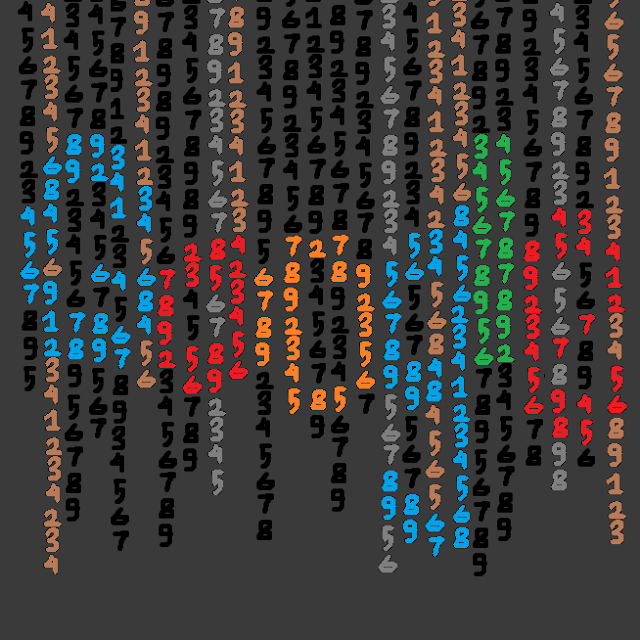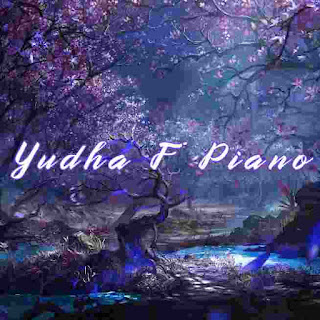The Untold Origin of Lo-fi Hip-Hop Music Genre - A Journey Through Static, Soul, and Subcultures - Blog No. 77
In a world where hyper-polished pop tracks and booming trap beats dominate the charts, there’s a quiet revolution that’s been happening in the background—one lo-fi crackle at a time. Lo-fi Hip-Hop, often associated with anime loops, chill study vibes, and vintage aesthetics, has become a genre that soothes the soul, comforts the anxious, and provides the perfect backdrop to creativity.
But where did it come from? Who laid the first bricks of this now-iconic sound? And how did a once-underground aesthetic grow into a global cultural phenomenon?
Today, we’re pulling back the curtain on the untold origin of the Lo-fi Hip-Hop music genre—an exploration that dives deep into dusty vinyls, 90s nostalgia, the golden age of Hip-Hop, Japanese jazz, and internet subcultures.
Related
Chapter One: The Crackle Before the Storm
To understand the roots of Lo-fi Hip-Hop, we must start with the word "Lo-fi" itself—a shorthand for “low fidelity.” Originally, it wasn’t a badge of honor. In the music world of the 70s and 80s, “lo-fi” was a technical flaw, describing audio recordings with imperfections—hiss, hum, distortion, tape hiss, and background noise. It was the sound of bedroom musicians, cassette tapes, and amateur producers.
But in the 1990s, a quiet rebellion was brewing.
As mainstream music grew increasingly glossy and commercial, a counterculture emerged. Artists like Beck, Daniel Johnston, and Guided By Voices embraced lo-fi as an aesthetic, not an error. They loved the intimacy, the rawness. It was music that sounded real, imperfect, human.
In this crackling cauldron of rebellion, a new potion was being brewed.
Chapter Two: The Hip-Hop Golden Era Influence
Enter the golden era of Hip-Hop: the late 80s to mid-90s. This was when sampling was king, and producers like J Dilla, Nujabes, DJ Premier, and Madlib were crafting beats that felt soulful, jazzy, and deeply textured.
J Dilla, in particular, is often cited as one of the godfathers of the Lo-fi sound. His MPC3000 beats didn’t always align perfectly with the quantized grid—and that was the magic. The swing, the slightly-off tempo, the gritty textures—it felt like a heartbeat. An imperfectly perfect loop.
Meanwhile in Japan, a quiet genius named Nujabes (Jun Seba) was doing something revolutionary. He merged the lyrical flow of American Hip-Hop with lush jazz samples and melancholic piano melodies. He wasn’t just making music—he was telling stories, creating moods.
Though he passed away in 2010, Nujabes’ fingerprints are all over the Lo-fi Hip-Hop movement. His beats are still played, looped, and studied. For many, he was the emotional anchor that gave Lo-fi its heart.
Chapter Three: The Anime Aesthetic and Visual Culture
In the early 2010s, something curious happened.
YouTube channels began popping up with 24/7 streams of “chill beats to study/relax to.” These videos featured anime loops—often scenes from Studio Ghibli films or shows like Cowboy Bebop and Sailor Moon. It was a visual nod to nostalgia, quiet rebellion, and the gentle rhythm of everyday life.
This combination of lo-fi beats and anime loops created a multisensory vibe: one that was warm, safe, and productive. It became an aesthetic, a culture unto itself.
Perhaps the most iconic symbol of this era is the Lo-fi Girl (formerly “ChilledCow”)—a simple animated loop of a girl writing in her notebook, a cat on the windowsill, rain falling softly outside.
She wasn’t just a background character—she became a meme, a mood, a movement.
Chapter Four: Reddit, SoundCloud, and the DIY Revolution
Lo-fi Hip-Hop didn't rise to fame through record labels or radio hits—it was built in bedrooms, dorm rooms, and Discord chats.
The internet became the perfect incubator. On Reddit threads like r/LoFiHipHop and platforms like SoundCloud and Bandcamp, aspiring beatmakers began uploading tracks with sleepy drum loops, vinyl crackles, and jazz chords. These producers didn’t need million-dollar studios. A cracked copy of FL Studio, a vinyl collection from their grandfather, and a cheap mic were enough.
Artists like Joji (formerly Filthy Frank), Idealism, Sleepy Fish, and eevee rose from this space. Their beats were ambient, repetitive, and soaked in emotion.
They weren’t trying to make hits. They were trying to make peace.
Chapter Five: The Psychology of Lo-fi—Why It Hits So Hard
What makes Lo-fi Hip-Hop so emotionally resonant?
Some say it’s the simplicity. Others say it’s the melancholy. But researchers and psychologists have pointed out that Lo-fi music helps the brain focus, reduce anxiety, and improve mood. The repetitive, gentle beats activate the brain’s default mode network—the same part that kicks in during daydreaming or relaxed thinking.
It’s music that doesn’t demand attention, yet gently holds your hand.
In a chaotic world of overstimulation, Lo-fi offers a sonic sanctuary. It doesn’t shout. It whispers.
Chapter Six: From Subculture to Global Phenomenon
Fast forward to the 2020s, and Lo-fi Hip-Hop is no longer underground. It’s on Spotify, Apple Music, YouTube, and TikTok. Millions of people stream it daily—not just for studying, but for sleeping, meditating, journaling, and simply existing.
Major playlists like “Lo-Fi Beats,” “Chillhop Essentials,” and “Beats to Think To” have millions of followers. Lo-fi labels like Chillhop Music, Lofi Girl, and College Music now operate like indie powerhouses—releasing seasonal “collections,” collaborating with artists, and curating their own universes.
Even big brands have caught on. Companies like Adult Swim, Nike, and Netflix have used Lo-fi beats in their ads and trailers. What once started as a humble movement is now a multi-million dollar ecosystem.
Chapter Seven: The Spirit of the Genre—Still Human, Still Real
Despite its mainstream success, the soul of Lo-fi remains the same.
It’s still a genre built on intimacy—not spectacle. Its greatest strength is in the feel, not the formula. And its producers are more like poets than pop stars. They sit in silence, surrounded by soft lights and second-hand synths, turning personal pain and fleeting joy into loops that speak without words.
The untold origin of Lo-fi Hip-Hop is a reminder that beauty often grows in the quiet places—in the cracks, in the dust, in the moments between moments.
SEO-Friendly Summary Table
| Element | Details |
|---|---|
| Genre Name | Lo-fi Hip-Hop |
| Origin | 1990s (Golden Era Hip-Hop & Lo-fi Rock) |
| Key Influences | J Dilla, Nujabes, DJ Premier, Madlib, Jazz, Japanese Anime |
| Key Platforms | YouTube, SoundCloud, Spotify, Bandcamp |
| Iconic Symbols | Lo-fi Girl, anime loops, cassette crackle, vinyl hiss |
| Psychological Benefits | Improves focus, reduces stress, helps with sleep and relaxation |
| Popular Artists | eevee, Joji, idealism, Sleepy Fish, Jinsang, Elijah Who |
| Major Labels/Channels | Lofi Girl, Chillhop Music, College Music |
| Popular Playlists | “Lo-Fi Beats,” “Chillhop Essentials,” “Beats to Think To” |
| Cultural Impact | Study culture, TikTok trends, anime integrations, branding partnerships |
Related
Final Thoughts: The Future of Lo-fi Hip-Hop
Where is Lo-fi Hip-Hop headed?
Some believe it’s peaked. Others say it’s just beginning. But one thing is certain—its essence will endure.
As long as there are students cramming for exams, writers chasing deadlines, or artists trying to find their flow, Lo-fi will be there. Whispering quietly in the background. Holding space for stillness in a noisy world.
So next time you press play on that chill playlist, take a moment to appreciate the journey—from J Dilla’s dusty MPC beats to anime loops on YouTube, from bedroom producers to a global community connected by peace, nostalgia, and rhythm.
Lo-fi Hip-Hop wasn’t created by one artist, or even in one decade. It was shaped by emotion. By imperfection. By you.



Comments
Post a Comment